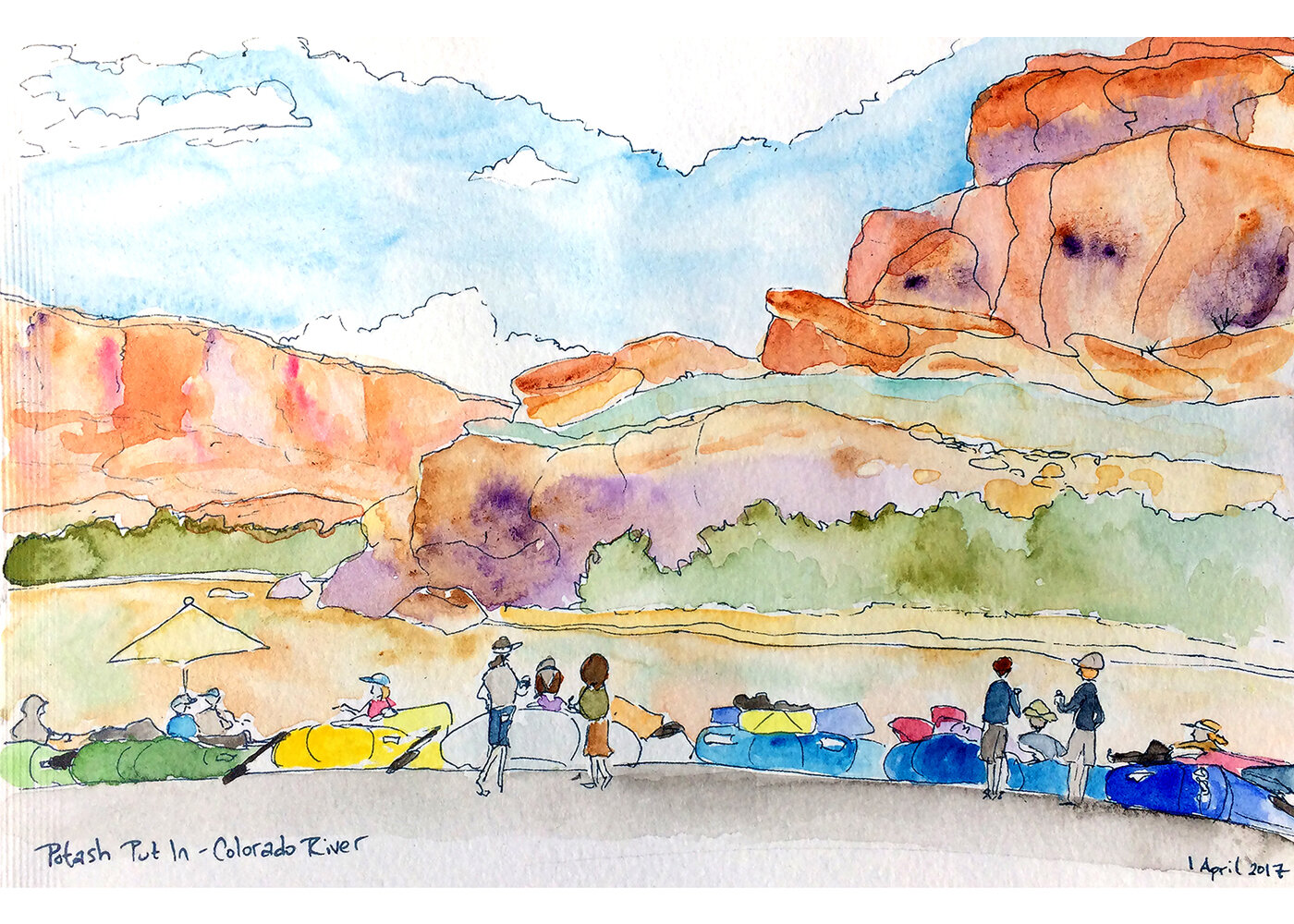Have you ever worked on a project for multiple weeks, months, years, even? Then when it’s time to report on your work, or a friend asks you what you’ve been up to, you have no idea where to start explaining?
For the past year, I’ve had the pleasure of working with a team at Boston University convening a network across the country to change health care systems to better support families and children with complex medical needs.
As you can imagine, this project is complex, full of nuance…and the core team needs to be able to show how they’ve used the funding. A multi-year pilot working with teams across the US…systems and culture change…collaborative innovation…
Yeah. It’s complicated. And it’s a story that needs to be told.
So, we sat down for 90 minutes and the core team told me their story. They told me about what they heard from families, from care providers, from partners. They shared data in the form of lived experience and from tools they developed.
The result was messy, but the main messages had become clear. Add in a few rounds of revisions, and we had a one-page illustration that could be used to tell their unique story to funders, families, and so others could learn and improve on what they started.
What did the team have to say?
“I could cry with pride and happiness seeing our family engagement work laid out so beautifully and clearly by Karina. Well done…and many, many thanks!”
What’s the story you want to share? How might you map it out visually to illuminate the impact you’re making?
Once again, thank you from my heart and soul for your support, great senses of humor, brilliant minds, collaboration and what you're each doing to make the world a better place.
Cheers,
Where in the Virtual World is ConverSketch?
TREETIME: In May, I got to co-create with a brilliant group of ecologists, biologists, and other researchers preparing for a large grant proposal. The goal of the workshop was to build a network across fields of study that will explore environmental changes over different time and phenological scales. We created a massive Miro board that the group fully leveraged!
On the River: Yes, again! Last year we got lucky and pulled a permit to raft through Dinosaur National Monument, but the trip was postponed due to the ‘rona. So we got to go this year instead! Unplugged, refreshed, and ready for June! Here’s a watercolor I made on the river a few years ago - looking forward to making some more!


















